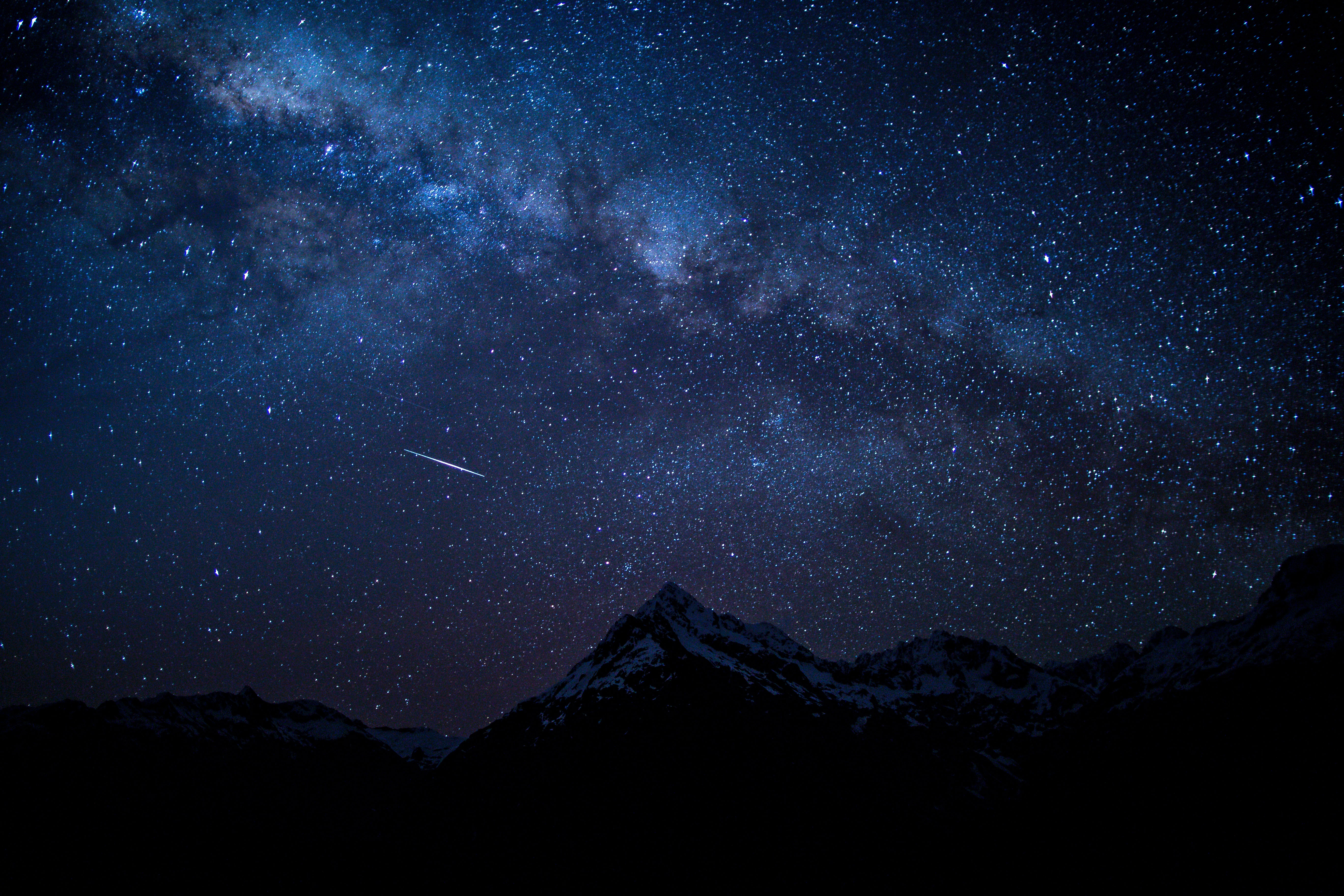Media release
From:
Journal/
conference: Nature Astronomy
conference: Nature Astronomy
Research:Paper
Organisation/s:
Swinburne University of Technology, ARC Centre of Excellence for Gravitational Wave Discovery (OzGRav), Istituto Nazionale di Astrofisica, Italy; Northeastern University, USA; Sonokids Australia; Space Telescope Science Institute, USA
Funder:
N/A



 Australia; VIC; QLD
Australia; VIC; QLD


